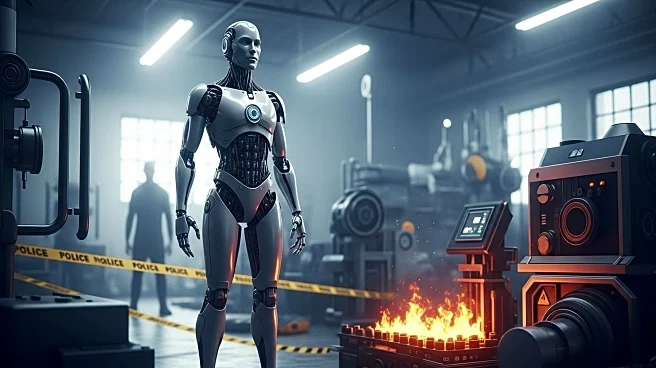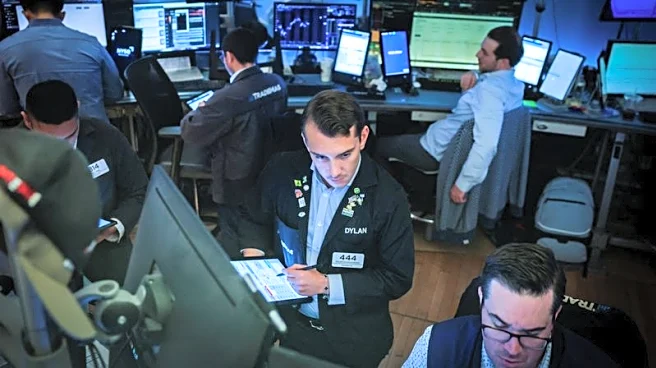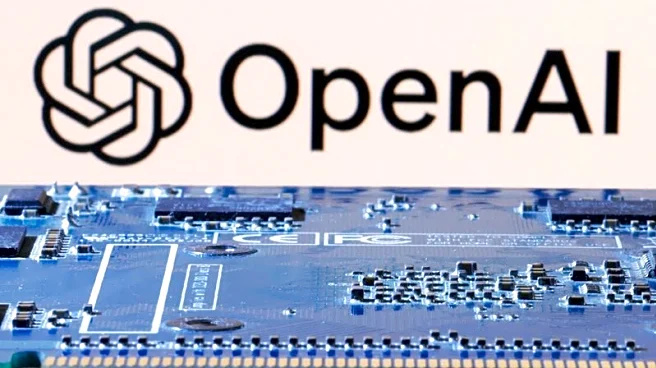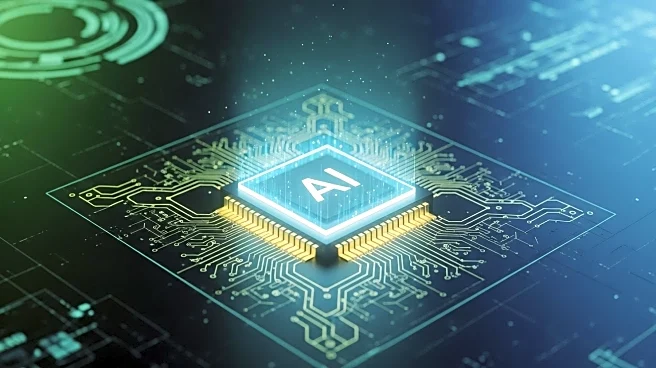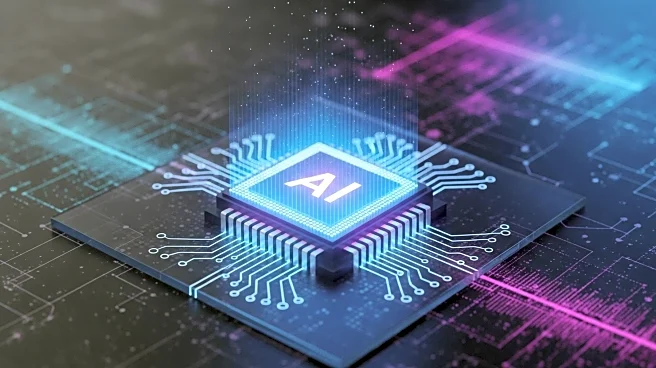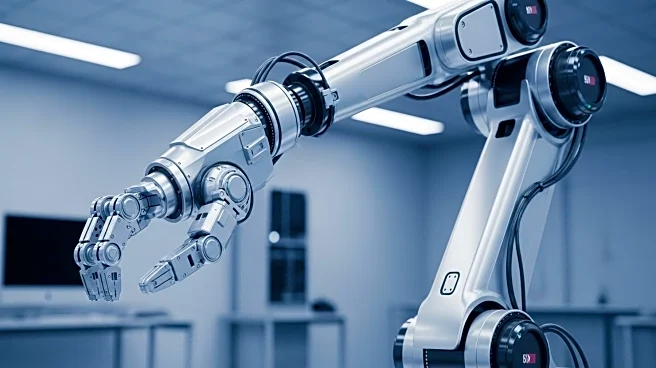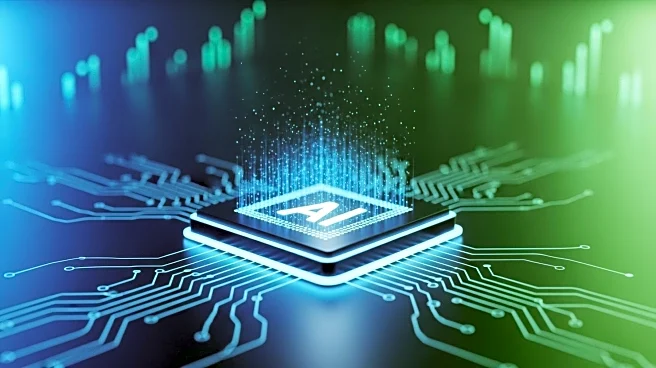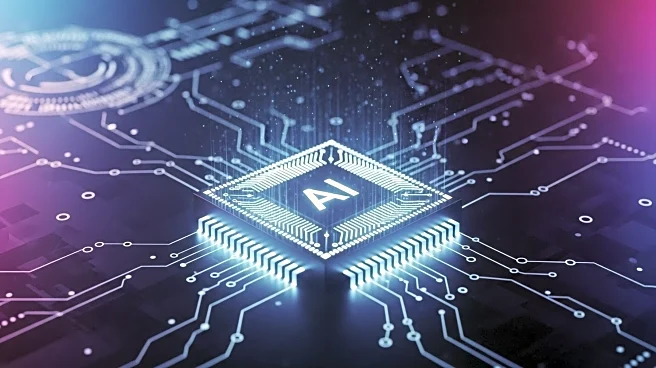What's Happening?
Humanoid robots, once a staple of science fiction, are increasingly becoming a reality in U.S. industries. Companies like Agility Robotics are at the forefront, with their robots already operational in e-commerce warehouses and auto parts factories. Agility Robotics, originating from Oregon State University, aims to manufacture 10,000 robots annually. These robots, designed to mimic human physical capabilities, are being tested for roles traditionally filled by humans, such as moving boxes in warehouses. The surge in humanoid robotics is driven by advancements in AI and robotics, making these machines more capable and affordable. Tech leaders, including Nvidia's CEO Jensen Huang, have likened the potential impact of humanoid robots to the transformative effect of AI technologies like ChatGPT.
Why It's Important?
The rise of humanoid robots signifies a potential shift in labor dynamics, particularly in industries like logistics and manufacturing. By performing tasks in environments designed for humans, these robots could address labor shortages and enhance productivity. The integration of AI allows robots to operate more autonomously, reducing the need for human intervention. This development could lead to significant cost savings and efficiency gains for businesses. However, it also raises questions about the future of human employment in these sectors. The investment in humanoid robotics, with over $5 billion in venture capital since 2024, underscores the belief in their transformative potential. As these robots become more prevalent, they could redefine the relationship between humans and machines in the workplace.
What's Next?
The continued development and deployment of humanoid robots will likely focus on improving their capabilities and safety. Companies are expected to refine AI algorithms to enhance the robots' autonomy and decision-making skills. As more industries adopt these technologies, regulatory frameworks may need to evolve to address safety and ethical concerns. The potential for humanoid robots to enter new sectors, such as healthcare and domestic services, could further expand their impact. Stakeholders, including policymakers, industry leaders, and labor organizations, will need to engage in discussions about the implications for employment and workforce development.
Beyond the Headlines
The cultural and ethical implications of humanoid robots are significant. As these machines become more integrated into daily life, society will need to grapple with issues of trust, privacy, and human-robot interaction. The potential for robots to serve as companions or caregivers raises questions about emotional and social dynamics. Additionally, the global competition in humanoid robotics, particularly between the U.S. and China, could influence technological leadership and economic power. The development of humanoid robots also highlights the broader trend of AI-driven automation and its impact on societal structures.
